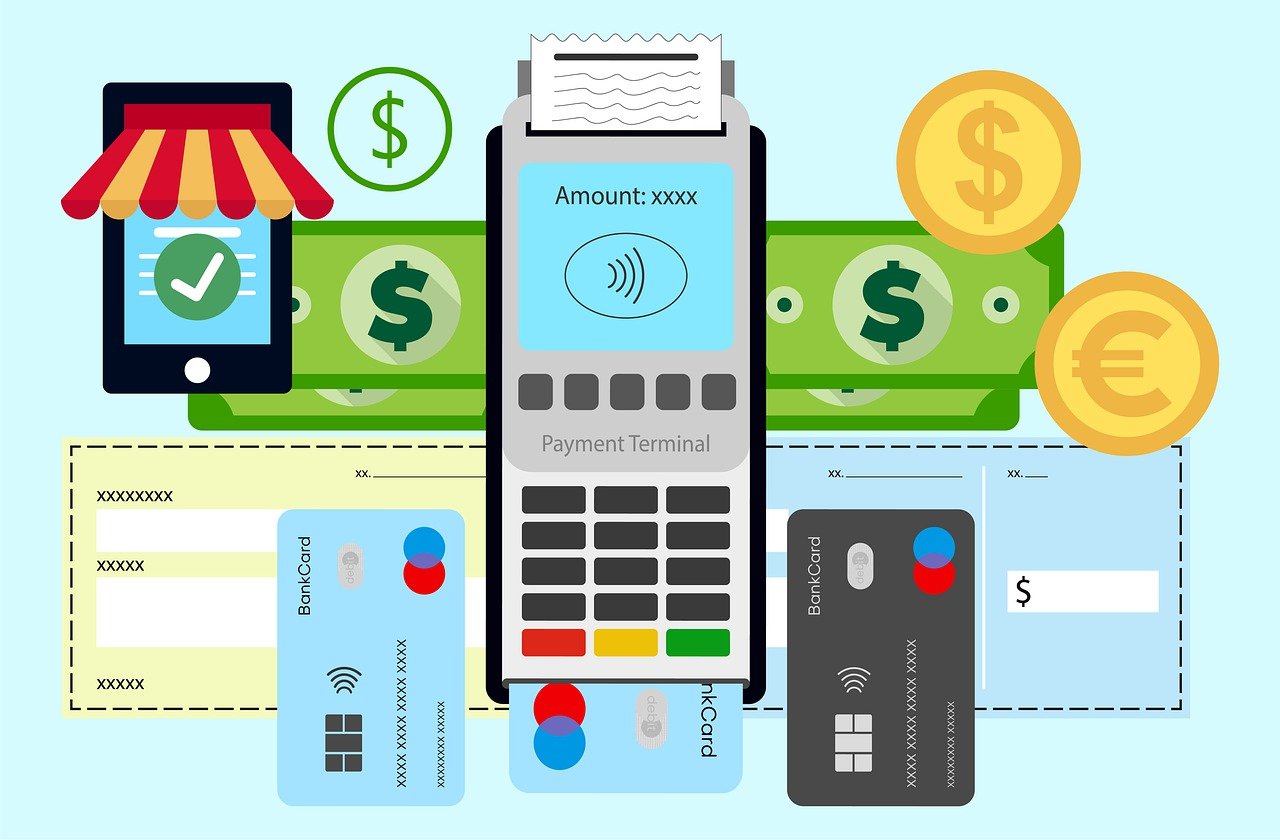In this post, I will talk about securing B2B payment systems. Also, I will discuss protecting electronic transactions from cyber threats.
Digital payments between businesses are everywhere now. They’re fast, efficient, and honestly, most of us can’t imagine going back to paper checks. But here’s the problem: hackers love them just as much as we do.
When a business payment gets compromised, we’re talking about serious money. A fraudulent B2B transaction might drain hundreds of thousands – sometimes millions – in a single hit. That’s why cybercriminals spend their time targeting businesses instead of chasing individual credit card numbers.
Table of Contents
The Growing Threat Landscape
Remember when cybercrime meant just being cautious of suspicious emails? Those days are long gone. Business email compromise (BEC) has become one of the most lucrative scams out there. Here’s how it works: criminals impersonate your CEO or CFO through email and request an urgent wire transfer. Employees, thinking they’re following orders from the top, send the money straight into the scammer’s account.
Then there’s ransomware, which has become every payment processor’s nightmare. Hackers lock up your payment systems and won’t give you back access until you pay them. And because you can’t process payments, every hour costs you money and customer trust. It’s extortion, plain and simple.
Man-in-the-middle attacks are sneakier. Criminals basically eavesdrop on conversations between you and your business partners, then change payment instructions on the fly. You think you’re sending $50,000 to your regular supplier, but the account number has been swapped out during transmission.
Authentication: Your First Line of Defense
Most companies recognize the need for improved authentication, but many are still relying solely on passwords. That’s a mistake. Multi-factor authentication (MFA) should be a standard requirement for anyone accessing payment systems. Yes, it adds an extra step, but that extra step is what keeps unauthorized users out.
Biometric security – fingerprints, facial recognition – is showing up more in business payment systems now. It’s harder to steal someone’s face than their password. Not impossible, but definitely harder.
The really smart systems watch for unusual behavior. Let’s say your accounting manager always processes payments between 9 AM and 5 PM from the New York office. If someone logs in with their credentials at 2 AM from Romania and attempts to send a large payment, the system should detect this. Good authentication looks at context, not just credentials.
Encryption: Keeping Data Safe in Transit
If your payment data isn’t encrypted while it’s being transferred between systems, you’re essentially sending cash through the mail in a clear plastic bag. End-to-end encryption scrambles everything so that even if someone intercepts it, they can’t read it.
You want TLS 1.3 or newer for your payment systems. Anything older is outdated and has known vulnerabilities. Security isn’t the place to keep using old technology just because it still works.
Regular security audits should verify that your encryption is functioning correctly. Many breaches occur not because companies lack encryption, but because it was improperly configured or hasn’t been updated in years.
The payment landscape continues to expand as well. More businesses are exploring alternative payment methods for international transactions. Whether you’re starting to buy crypto for cross-border transactions or sticking with traditional banking, the same rule applies: ensure those transactions occur over properly encrypted channels.
Network Security and Segmentation
Here’s something that surprises people: your payment systems shouldn’t be connected to the same network as the rest of your company. Network segmentation creates walls between different parts of your infrastructure. If hackers break into your main corporate network, they still can’t reach your payment systems without breaking through additional barriers.
Think of firewalls and intrusion detection systems as security guards for your network. They watch traffic coming in and out, blocking anything suspicious before it reaches your sensitive systems. But like any security measure, they only work if they’re properly configured and regularly updated.
The Human Element
You can have the best technology in the world, and one employee clicking the wrong link can still let hackers in. That’s not a criticism – it’s just reality. Phishing emails and social engineering tactics are now incredibly sophisticated.
Regular training is beneficial, but it must be practical and ongoing. Your team should be aware of what invoice fraud looks like, why they should avoid discussing payment details over unsecured channels, and who to contact when something seems suspicious.
Establish a verification process for payment requests, particularly those that are unusual. If your “CEO” emails asking for an urgent wire transfer to a new vendor, pick up the phone and confirm. That 30-second call could save you from a massive loss.
Vendor Risk Management
Your payment security is only as strong as your weakest partner. Every payment processor, banking partner, and software vendor you work with has some level of access to your systems or data. One compromised vendor can become a doorway into your infrastructure.
Before signing with any payment-related vendor, thoroughly investigate their security practices. What certifications do they have? How do they handle data breaches? What happens if they go down?
Your contracts should clearly outline security expectations. If something goes wrong, you need to know who’s responsible and what the plan is. Waiting until after a breach to figure this out is too late.
Understanding Payment Methods
Different payment methods present varying security challenges. Wire transfers are fast, but they can be difficult to reverse if they’re fraudulent.
ACH payments have some built-in fraud protections but take longer to process. EDI payments through platforms like Orderful automate a lot of the transaction process, which can actually reduce errors and improve security when they’re set up correctly.
The point isn’t that one method is always better than another. It’s about understanding the risks associated with each option and implementing appropriate safeguards to mitigate them.
INTERESTING POSTS
- Things To Look Out For When Making Payments Online
- Mobile Payment Security Concerns – Four Big Things To Consider
- The Role of Electronic Medical Records Software in Improving Hospital Healthcare Quality
- How To Choose The Best Password Manager
- Cryptocurrency Payment: Pros And Cons
- Navigating the Nexus: Cybersecurity’s Role in the World of Residential Solar Technologies
About the Author:
Meet Angela Daniel, an esteemed cybersecurity expert and the Associate Editor at SecureBlitz. With a profound understanding of the digital security landscape, Angela is dedicated to sharing her wealth of knowledge with readers. Her insightful articles delve into the intricacies of cybersecurity, offering a beacon of understanding in the ever-evolving realm of online safety.
Angela's expertise is grounded in a passion for staying at the forefront of emerging threats and protective measures. Her commitment to empowering individuals and organizations with the tools and insights to safeguard their digital presence is unwavering.








